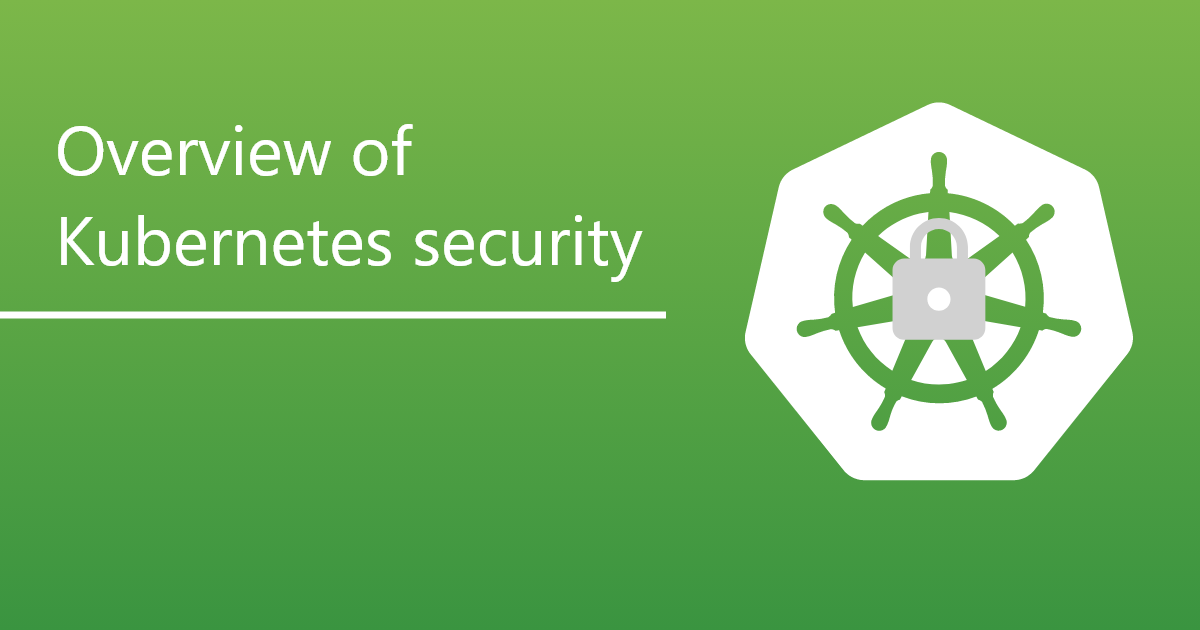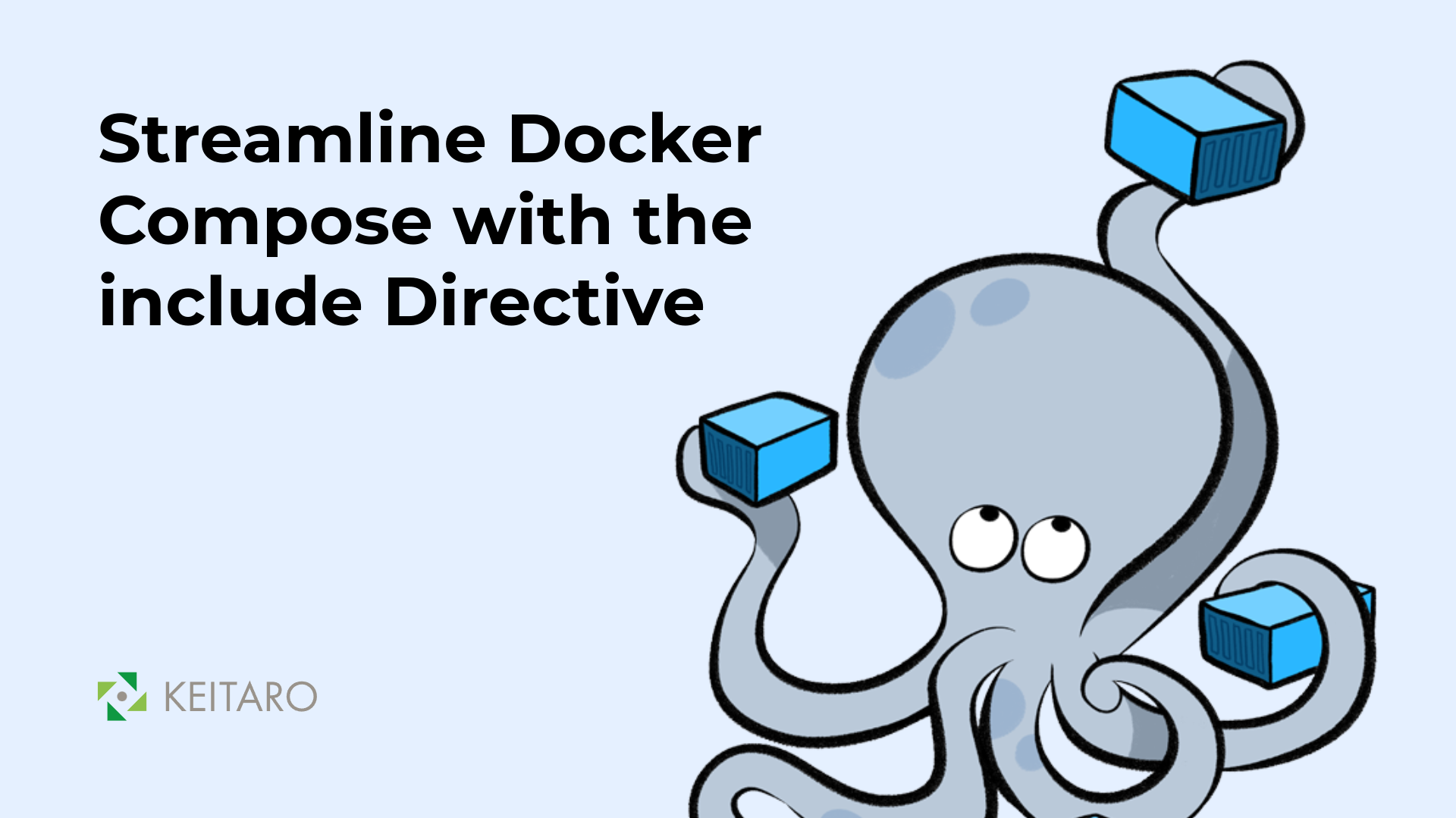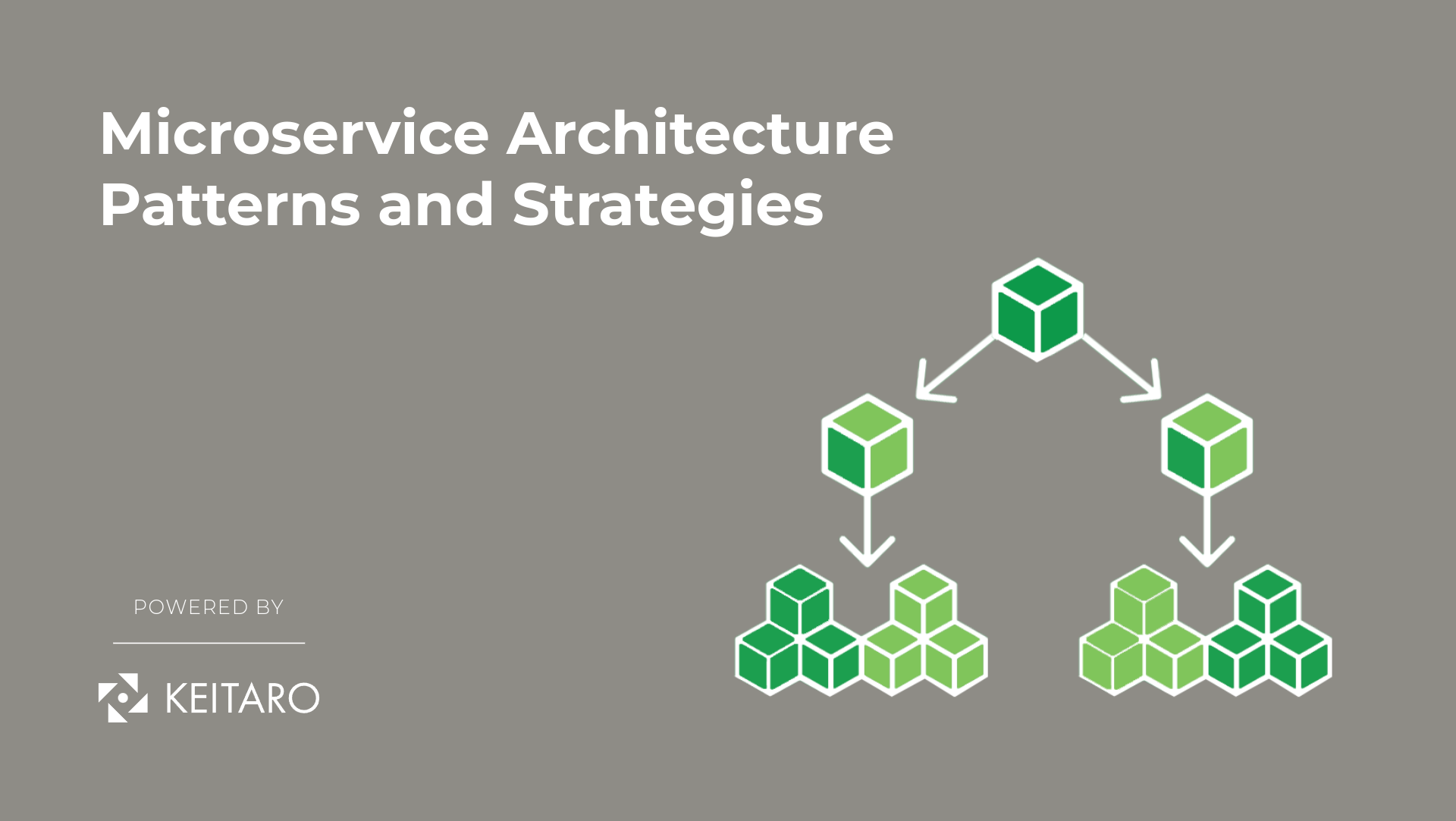The Google Cloud was the birthplace of Kubernetes. It was created at Google and distributed as an open-source system in 2014. Kubernetes’ dependency on Google’s inner cluster management system means that everything runs quickly and easily, whether it’s application deployment or management.
Kubernetes also has multi-cloud support, which means it can host a single or numerous cloud workloads. It can seamlessly scale its environment from one cloud platform to the next, ideally addressing the multi-cloud plans that many businesses are pursuing today.
Kubernetes allows developers to operate any type of containerized application, on-premises or in the cloud, with the same set of tools. To make running Kubernetes in the cloud even easier, leading cloud providers offer a variety of Kubernetes-as-a-service options. IBM Cloud Kubernetes Service, Red Hat OpenShift, Google Cloud Kubernetes Engine, Amazon EKS, and Azure Kubernetes Service are just a few examples. As we are already aware of some of the benefits of Kubernetes, like Flexibility and Portability, Infrastructure Abstraction and Automated Operations, let’s take a look at Kubernetes`s security best practices.
Kubernetes Security Best Practices
Kubernetes comes with built-in security mechanisms to protect against threats or at the very least lessen the effect of a breach. Kubernetes has a number of security features, including:
- RBAC (role-based access control): Kubernetes admins can construct Roles and ClusterRoles, which indicate which users can access which resources within a namespace or a cluster. RBAC is one method of controlling resource access.
- Pod security policies and network policies: Admins can set up pod security policies and network policies to limit the behaviour of containers and pods. Pod security policies, for example, can be used to prevent containers from running as root, while network policies can be used to limit communication between pods.
- Network encryption: Kubernetes encrypts network communication with TLS, which protects against eavesdropping.
While working on application containers and their security, there are a few points that should be considered. When focusing on the lockdown of the Control Panel, take a look at the API server, Etcd APIs, Kubelet APIs and implement RBAC. While working on container images and setting their security points, focus on limiting the set of base images, defining the USER in containers and don’t run as root, automating and using a vulnerability scanner, pin dependencies for reproducible builds, defining network policy for Pods and containers.
- Build-Time Security
Ensure container images are free of vulnerabilities by using automated image scanning at every level of the CI/CD workflow. Examine pictures for CVE vulnerabilities as well as risky configurations like hardcoded secrets.
Make sure containers have just the bare minimum of access on the host and harden the operating system to limit system calls and provide robust container isolation.
When constructing a container image, start from scratch to reduce the attack surface. If you must use base images, choose one that contains only the libraries and operating system components that your containers require.
- Security at the Point of Deployment
Use automated tools to check your cluster settings for security best practices and fix any unsafe configuration. For data in transit, set up RBAC and TLS.
Network security integration with Kubernetes clusters — To make external technologies like next-generation firewalls (NGFW) aware of the Kubernetes environment, you can feed IP addresses used by Kubernetes workloads to them. To limit communication within and between clusters, create security groups on cloud providers.
- Security at Runtime
Use a declarative approach, including network security definitions into your workloads. A workload must take its security definitions with it wherever it runs. Calico, a Kubernetes-native network and security policy solution that restricts traffic at the network level (Layer 3-4) and integrates with Envoy (a proxy) to restrict traffic at the application level, is one way to do this (Layer 7).
Creating security controls for the enterprise – You should secure Kubernetes clusters the same way you would any other enterprise workload. Enable data encryption in transport, audits and compliance reporting, and ongoing compliance checks with automatic remedies.
In order to get the big picture, you need to learn more about The 4 C’s of Cloud-Native Security. Cloud-native security is implemented across four key layers, well known as the 4 C’s:
- Code – Security measures that protect the code. For example, using vulnerability scanners and secure coding practices.
- Containers – Security measures at the container level. For example, restricting access to network ports and encrypting data-in-transit.
- Clusters – Security measures at the cluster level. For example, defining network security policies and hardening all master nodes.
- Cloud or enterprise data centres – Security measures that protect infrastructure. This is usually implemented by cloud providers or on-premises IT staff.
Final Thoughts
Kubernetes is here to stay and will continue to become more advanced and sophisticated. Therefore, the points of Kubernetes`s security and the 4 layers of a cloud-native system must be well-protected to keep applications and the cloud environment safe. A weak security framework in any one layer can empower and enable attackers to compromise the entire application. In short, Kubernetes`s security is a must-have for organizations to reap the full benefit from top-notch technologies while remaining security compliant.



